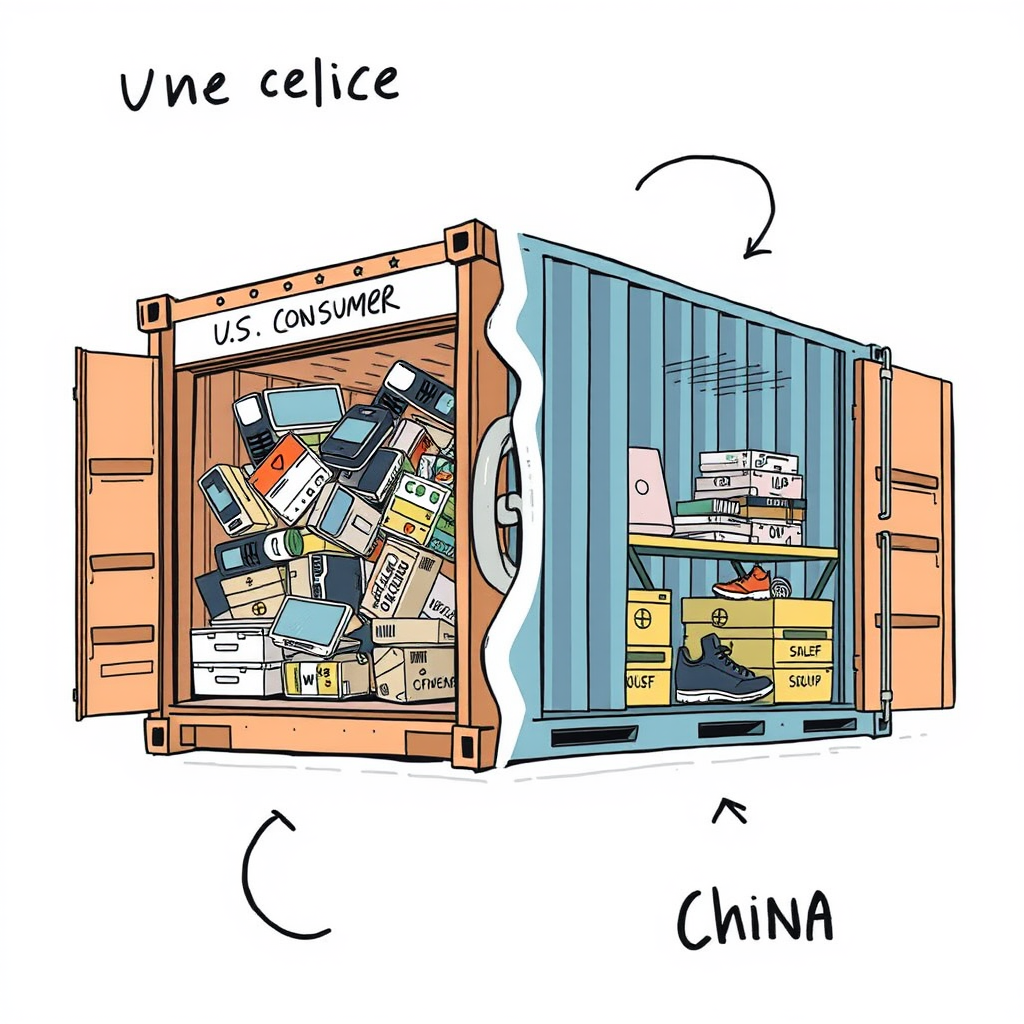China Tells Americans: Trump's Tariffs Are a Tax

Beijing is directly appealing to American citizens with a message challenging the narrative surrounding escalating tariffs imposed by the Trump administration. Rather than solely engaging with Washington, China’s latest communications campaign aims to demonstrate to the US public that they, not foreign economies, will ultimately bear the cost of the ongoing trade war.
The shift in strategy was highlighted by Chinese Foreign Ministry spokesperson Mao Ning, who posted a video on X (formerly Twitter) featuring a purported US importer. The video warns that President Trump’s “reciprocal tariffs” – significantly increased this week to 145% on some Chinese goods – will translate into higher prices for American consumers. Beijing responded with its own increased tariffs on US imports, reaching 125%.
“Foreign countries pay the tariffs? No—US businesses pay, then pass costs to you. Tariffs don’t bring manufacturing back. They’re just a tax on Americans,” Mao Ning stated in the post accompanying the video.
The escalating tensions threaten to severely disrupt the $650 billion in trade between the two largest economies globally. While Trump maintains that foreign exporters foot the bill for US tariffs, economic principles dictate that importers – US companies – ultimately pay these levies and often pass the increased costs onto consumers.
Despite the hardening rhetoric – with the White House asserting Trump’s willingness to “punch back harder” – the administration has signaled a potential openness to negotiation. Trump himself has praised Chinese President Xi Jinping, hinting at a possible deal. However, concrete signs of de-escalation remain absent.
Interestingly, the Trump administration recently granted exemptions from these steep tariffs to a range of electronics, including smartphones, computers, and semiconductors. This move, benefiting major tech firms like Apple and Dell, provides a degree of relief while simultaneously maintaining the broader tariff structure. The exemptions also extend to certain imports from other countries, like semiconductors from Taiwan and iPhones assembled in India.
This situation is a complex interplay of economic strategy and political messaging. While the administration frames tariffs as a tool to bring manufacturing back to the US and level the playing field, the reality is a direct cost increase for American consumers. China’s direct appeal to the US public is a calculated move to highlight this point and potentially sway public opinion. The long-term consequences of this trade war remain uncertain, but the immediate impact is a clear increase in costs for businesses and consumers on both sides of the Pacific. The selective tariff exemptions further complicate the picture, suggesting a prioritization of certain industries over others, and raising questions about the overall coherence of the administration’s trade policy.